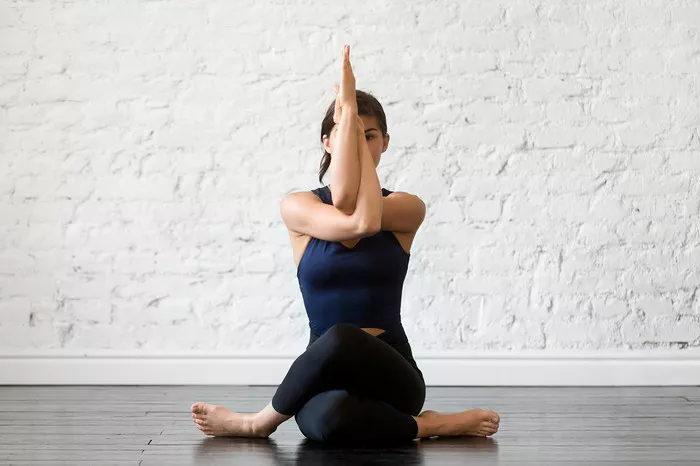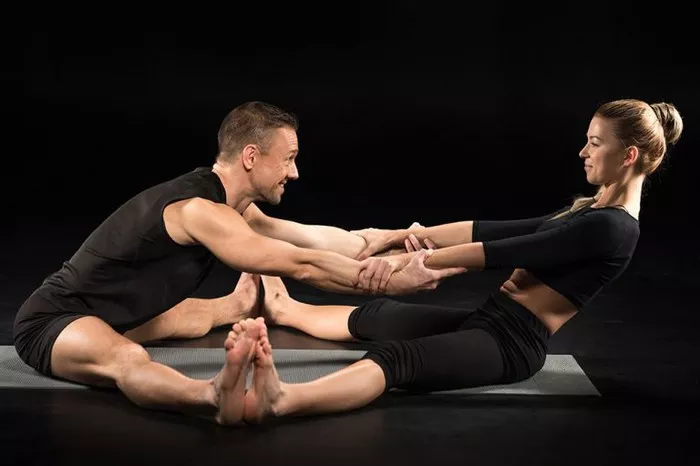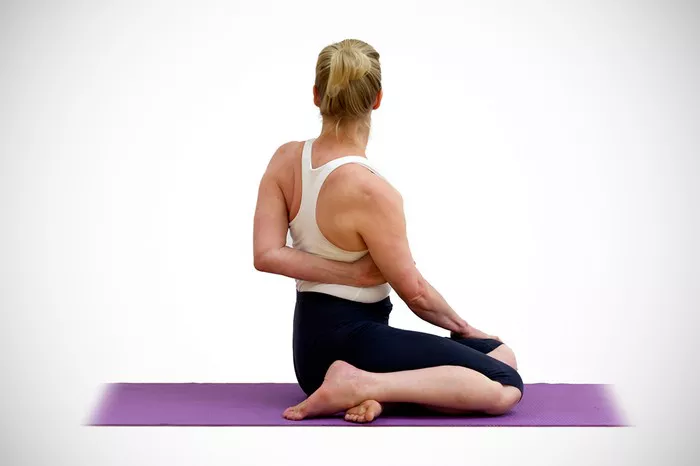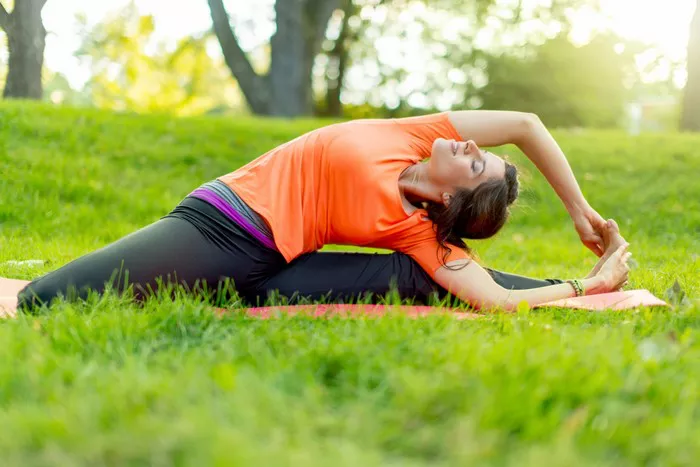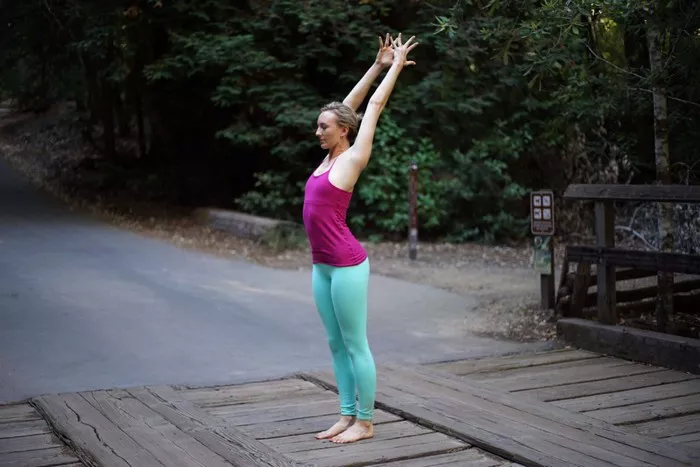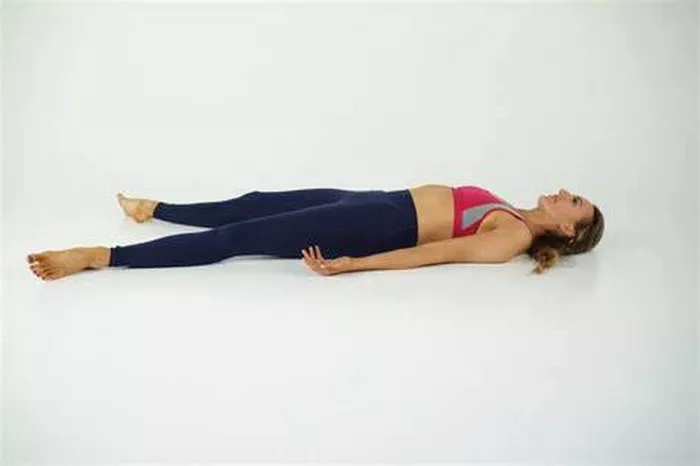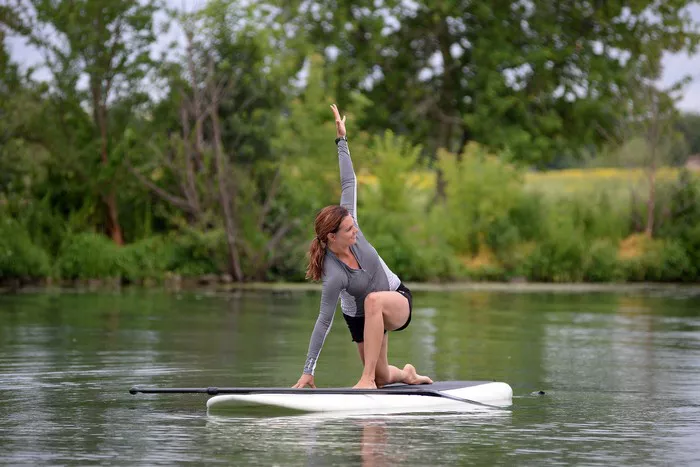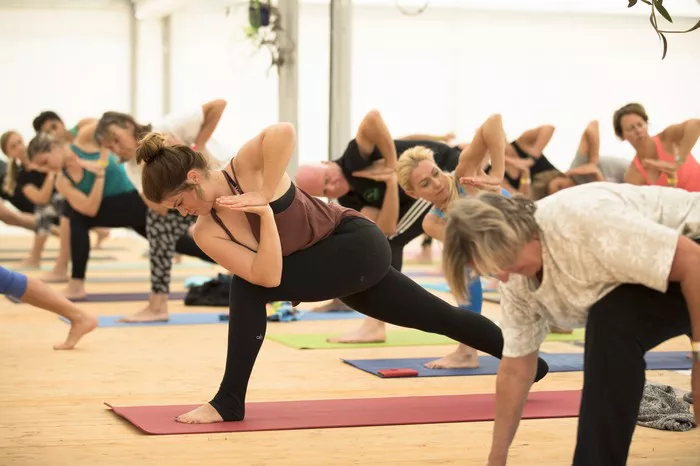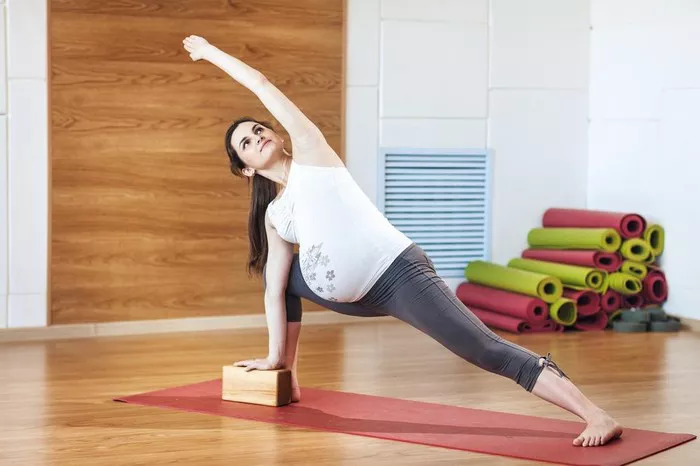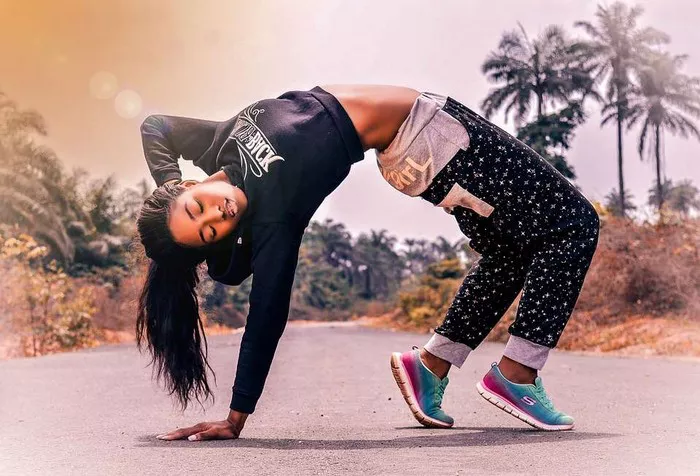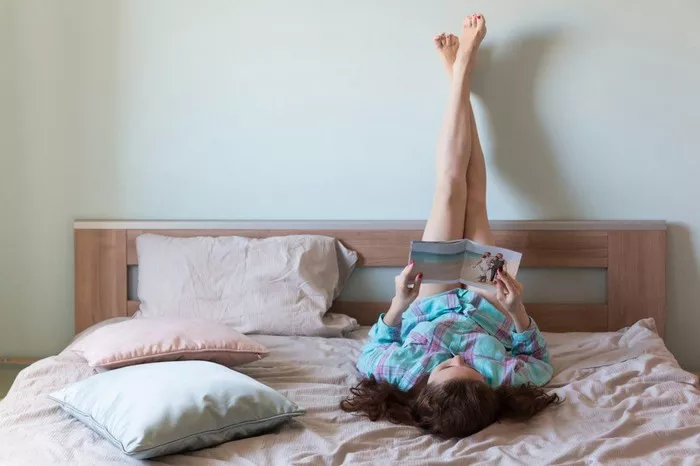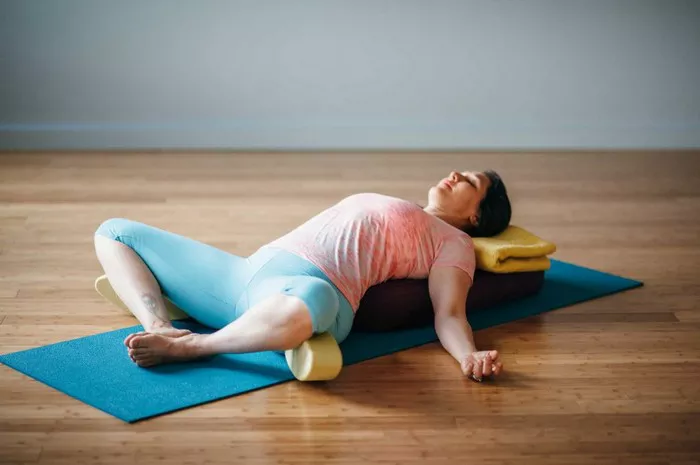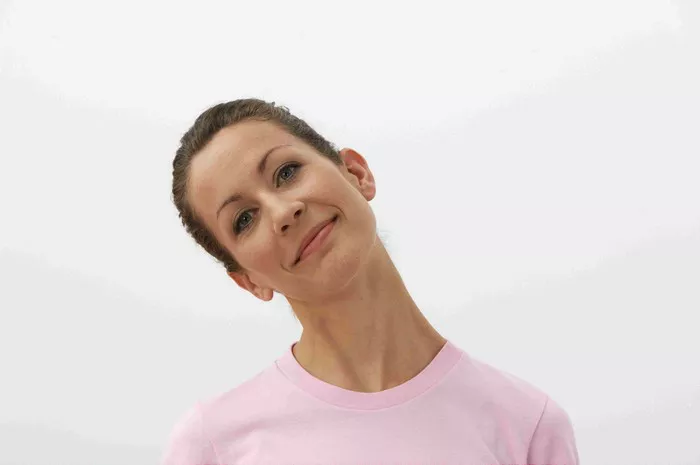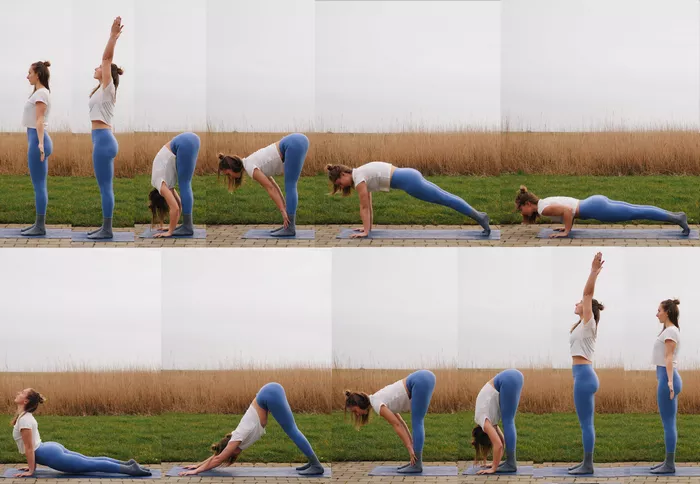Iyengar Yoga, named after its founder B.K.S. Iyengar, is a popular style of yoga that emphasizes precise alignment, the use of props, and a methodical approach to the practice. A fundamental question that often arises among practitioners and those curious about Iyengar Yoga is whether it has a specific sequence of poses or not. In this article, we will explore this question in depth, examining the structure, sequencing principles, and benefits of Iyengar Yoga practice, while also addressing how sequencing can vary in this style compared to other types of yoga.
Understanding Iyengar Yoga
Before delving into whether Iyengar Yoga has a set sequence, it’s important to first understand what makes Iyengar Yoga unique. B.K.S. Iyengar’s approach to yoga focuses heavily on alignment, balance, and mindfulness. Unlike other styles of yoga that may prioritize flow or breath-to-movement sequences, Iyengar Yoga aims to refine and deepen the practice by focusing on the precision of each posture (asana), the use of props such as blocks, straps, blankets, and walls, and a deeper connection to the body and breath.
While it is true that Iyengar Yoga does not typically follow a rigid, one-size-fits-all sequence like the sun salutations (Surya Namaskar) seen in Ashtanga or Vinyasa yoga, it is important to recognize that there is still a structure and method to the practice. In fact, the way sequences are arranged in Iyengar Yoga is not random but instead based on the specific goals of alignment, strength, flexibility, and awareness.
The Principles of Sequencing in Iyengar Yoga
Unlike styles like Vinyasa, where poses are connected in a flowing sequence, Iyengar Yoga sequences can be seen as more static or deliberate, with each asana (pose) carefully planned to address specific needs of the body. There are several key principles that guide the sequencing of an Iyengar Yoga class:
Foundation and Alignment: Iyengar Yoga places great emphasis on the proper alignment of the body in each pose. The sequence is carefully crafted to gradually introduce different movements that encourage strength, flexibility, and awareness of bodily alignment. Proper alignment is not only a technique for safe practice but also a pathway to deepening the yoga practice itself.
Standing Poses as a Foundation: In most Iyengar Yoga classes, standing poses form the foundation of the sequence. Poses like Tadasana (Mountain Pose), Virabhadrasana I, II, and III (Warrior Poses), and Trikonasana (Triangle Pose) are essential, as they help establish balance, build strength, and promote a deep sense of grounding.
Action and Counteraction: Iyengar Yoga sequencing often includes actions that oppose one another. For instance, after performing a forward bend, a backbend may follow. This balance between opposing actions helps in releasing tension and promoting equilibrium in the body. This principle ensures that the body is fully engaged and balanced, preventing overstretching or overuse of any muscle group.
Counterposes and Recovery: After intense or deep stretches, Iyengar Yoga often includes counterposes, which allow the body to rest and recuperate. For example, after performing backbends, forward bends or twists may follow to neutralize the spine. This thoughtful inclusion of counterposes helps to maintain bodily symmetry and prevents strain or injury.
Progressive Sequencing: Iyengar Yoga classes generally follow a progressive pattern. The sequence begins with simpler poses that warm up the body and prepare it for more complex and demanding postures. As the session progresses, students are introduced to poses that require greater strength, flexibility, and concentration.
Restorative Poses: Many Iyengar Yoga sequences end with restorative poses designed to calm the nervous system and promote relaxation. Poses like Savasana (Corpse Pose) are integral to concluding the class in a state of calmness and relaxation. In more restorative classes, poses such as Supta Baddha Konasana (Reclining Bound Angle Pose) with props may be used to facilitate deep relaxation.
The Role of Props: One of the hallmarks of Iyengar Yoga is the use of props, which is designed to support students in achieving the correct alignment. Props can be used to modify or deepen poses, helping students achieve the intended benefits of each asana without strain or discomfort. This makes Iyengar Yoga suitable for practitioners of all levels, from beginners to those with physical limitations or injuries. In essence, props act as tools that support the practice, but the sequence itself is still carefully structured to address specific needs.
Does Iyengar Yoga Have a Standard Sequence?
To address the question directly: No, Iyengar Yoga does not have a single, unchanging sequence of poses. However, it does involve highly structured sequences that are customized based on a few important factors:
The Level of the Practitioner: Sequences will differ depending on whether the practitioner is a beginner, intermediate, or advanced student. Beginners may focus more on foundational poses and alignment, while advanced practitioners may engage in more complex sequences that incorporate inversions, backbends, and arm balances.
Class Focus and Theme: Some Iyengar Yoga classes may be designed with a specific theme or focus, such as hip openers, backbends, or shoulder strength. In these classes, the sequence is curated to progressively target the theme through specific poses, often with particular attention to alignment and counterposes.
Therapeutic Sequences: Iyengar Yoga is also known for its therapeutic approach to yoga. Sequences may be tailored to address specific health conditions, such as back pain, joint issues, or stress. In such cases, the sequence will be designed to help alleviate discomfort and promote healing.
Though the sequence is not standardized, there are typical elements and stages that are commonly found in many Iyengar Yoga sessions, which may help practitioners anticipate what to expect. These include:
Introduction to the Class: The teacher may introduce the theme of the class and guide students through some preliminary stretching and alignment work.
Standing Poses: A series of standing poses to build strength, alignment, and balance.
Seated Poses: Poses designed to lengthen the spine, improve flexibility, and target different muscle groups. These poses often follow standing poses and may involve forward bends or twists.
Inversions and Backbends: More challenging poses, such as shoulder stands (Sarvangasana) or backbends (Urdhva Dhanurasana), are typically incorporated in more advanced classes. These poses build strength, flexibility, and resilience.
Restorative and Relaxation Poses: Towards the end of the class, restorative poses using props are incorporated to help calm the nervous system and help students recover from the more intense poses.
Savasana: The class typically concludes with Savasana, where students lie in stillness, integrating the benefits of their practice and allowing the body to absorb the physical and mental work done during the session.
How Is Sequencing Different from Other Styles of Yoga?
While Iyengar Yoga does not follow a specific “one-size-fits-all” sequence, there are distinct differences in sequencing compared to other popular styles of yoga.
Vs. Vinyasa Flow: In Vinyasa yoga, the sequence is more fluid, linking movement with breath. The pace is faster, and poses often flow from one to the next. Iyengar Yoga, in contrast, is slower-paced and emphasizes precise alignment and detail in each pose. This means that while a Vinyasa class may focus on creating a fluid, dynamic experience, Iyengar Yoga is more about building strength, flexibility, and awareness through detailed and deliberate practice.
Vs. Ashtanga Yoga: Ashtanga yoga is known for its fixed sequence of poses, performed in the same order in every class. Iyengar Yoga, by comparison, allows for more variation in the sequence. While there are certain key elements that remain consistent (e.g., standing poses and counterposes), the sequence is more adaptable and can vary based on the student’s needs, level, and specific goals.
Vs. Hatha Yoga: Hatha yoga is an umbrella term that encompasses many styles of yoga, including Iyengar. While Hatha classes may involve slower, more deliberate poses with an emphasis on alignment, Iyengar Yoga goes deeper into alignment detail and often integrates the use of props to support the poses. Hatha classes can vary greatly in style, while Iyengar classes tend to be more focused on alignment and methodical sequencing.
Conclusion
While Iyengar Yoga does not have a single fixed sequence that is universally applied, the method does involve a carefully thought-out structure that allows practitioners to progress in their practice over time. The sequences are tailored to each student’s level and often reflect specific themes, such as alignment, strength, flexibility, or therapeutic benefits. The beauty of Iyengar Yoga lies in its adaptability and its focus on precision and awareness, which makes it accessible to people of all ages and abilities.
Whether you are practicing standing poses to build strength, backbends to increase flexibility, or restorative poses to relax and recover, the sequencing in Iyengar Yoga is designed to deepen your understanding of your body, enhance your mental clarity, and bring balance to your practice. So, while there is no “one-size-fits-all” sequence in Iyengar Yoga, there is a well-established approach that helps students experience the profound benefits of yoga in a structured, thoughtful way.
Related Topics:

